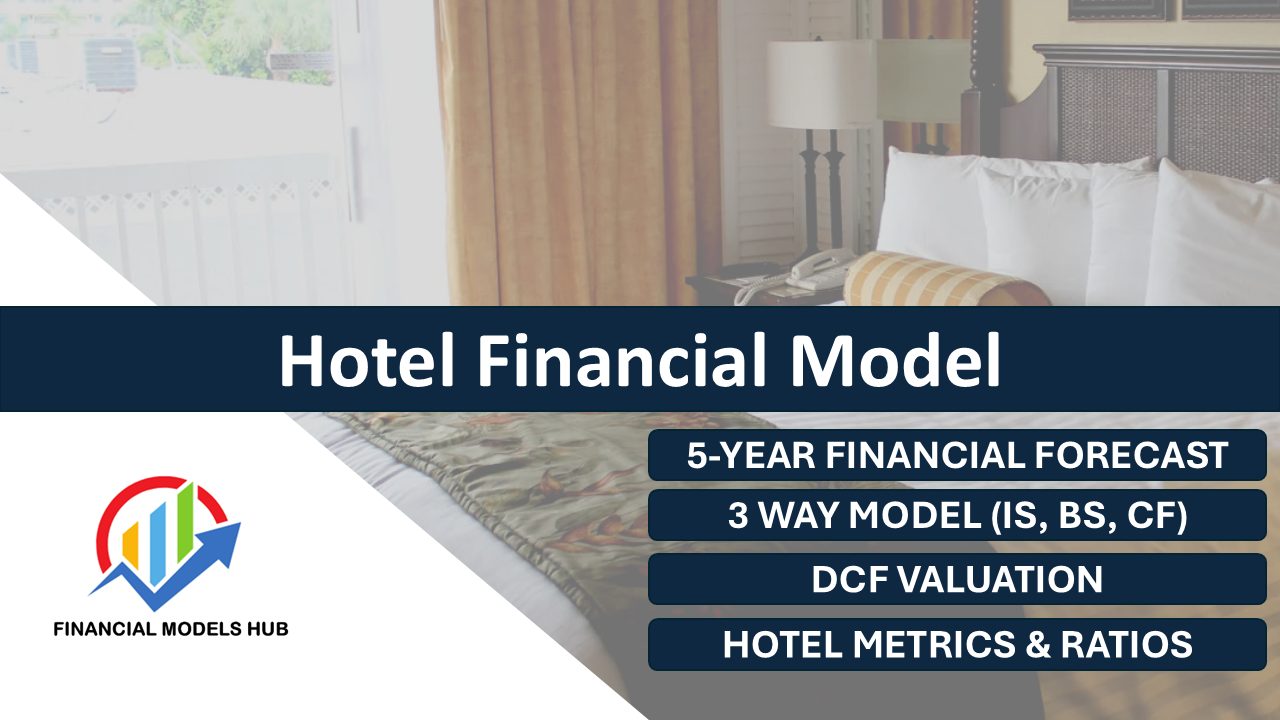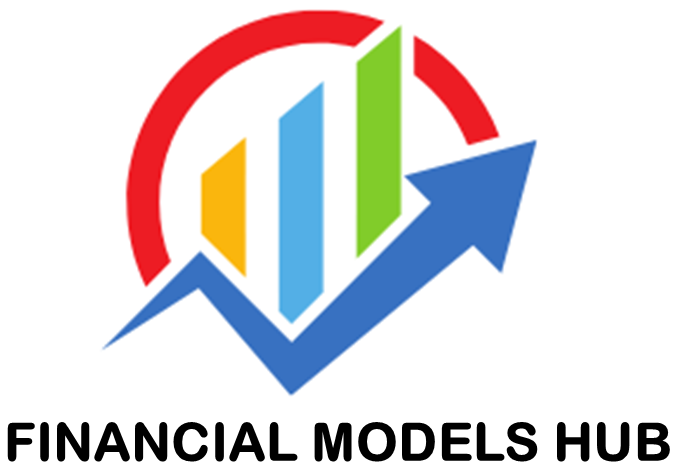Successful hotel revenue management is essential for optimizing both occupancy and financial performance. By implementing effective pricing strategies and leveraging data-driven insights, hoteliers can maximize revenue per available room (RevPAR). This article provides a comprehensive guide to revenue management and pricing strategies that can help enhance your business’s competitive edge. We have also built a Hotel Financial Model Template for Founders and Entrepreneurs to use. Just input your assumptions, and our model does the rest! It’s a complete 3-way financial model with an Income Statement, Balance Sheet, Cash Flow Statement, hotel investment specific metrics, ratios, and more.

Understanding Hotel Revenue Management
Revenue management involves strategically managing pricing and inventory to optimize a hotel’s financial performance. The primary goal is to increase revenue through informed decision-making processes that balance occupancy and profitability.
Explore more about revenue management in Hotel Revenue Management 101 to understand foundational concepts.
Importance of Revenue Management
- Perishable Inventory: Unsold hotel rooms result in lost revenue, emphasizing the need for strategic sales approaches.
- Demand Fluctuation: Seasonal variations, day-of-the-week patterns, and special events all contribute to variable demand.
- High Fixed Costs: With significant operational costs, every additional dollar of revenue directly improves profitability.
For additional details, see Hotel Revenue Management Strategies and Solutions for effective application of pricing strategies.
Key Metrics to Track
Familiarize yourself with essential industry metrics to evaluate performance accurately:
- Occupancy Rate: Measures the percentage of available rooms that are occupied.
- ADR (Average Daily Rate): The average revenue earned from occupied rooms.
- RevPAR: Combines ADR and occupancy rate to measure revenue per available room.
- TRevPAR: Total revenue generated per available room, including ancillary services.
- GOPPAR: Focuses on gross operating profit rather than just revenue.
Effective Pricing Strategies
Implementing well-considered pricing strategies is crucial for maximizing hotel revenue:
Dynamic Pricing
Dynamic pricing is a critical element that enables rate adjustments in response to demand and supply changes. Learn more about implementing this approach with guidance from Hotel Pricing Strategy to Maximize Revenue.
Segmented Pricing
By segmenting customers based on behavior and preferences, hotels can tailor offerings and set appropriate rates. Utilize segmented pricing effectively to target diverse customer bases such as leisure travelers, business guests, and group bookings.
Length-of-Stay and Open Pricing
Encouraging longer stays increases occupancy on traditionally slow nights. Open pricing offers flexibility across all channels to adjust rates based on real-time data.
Explore these innovative strategies within 14 Hotel Pricing Strategies for Effective Revenue for practical insights.
Rate Parity and Last-Minute Offers
Maintain consistent rates across all distribution channels while offering exclusive discounts for direct bookings. Last-minute deals can help fill gaps during low-occupancy periods without heavily discounting rates.
Distribution and Channel Management
Effective revenue management also depends on a smart approach to distribution channels:
- OTAs can expand reach but incur commission fees.
- Direct bookings typically have lower costs and provide valuable customer insights.
- Corporate contracts and GDS facilitate business travel partnerships.
Understand more about optimizing distribution at Pricing Strategy 101.
Revenue Management Best Practices
Implement the following best practices to elevate your hotel’s revenue performance:
- Invest in Technology: Adopt revenue management systems (RMS) and channel managers to automate processes and enhance data analysis.
- Analyze Competitors: Monitor competitor pricing while considering your unique positioning and costs.
- Forecast Demand: Leverage historical data, event calendars, and booking trends for accurate demand forecasting.
- Focus on Profit: Prioritize profitability by considering channel commissions and customer lifetime value.
Frequently Asked Questions
How do dynamic pricing systems benefit hotels?
Dynamic pricing systems enable hotels to adjust room rates in real time based on current demand, maximizing revenue potential.
What role does segmentation play in pricing strategy?
Segmented pricing allows hoteliers to cater rates and packages to distinct customer groups, enhancing both appeal and profitability.
Why is occupancy rate an essential metric?
Occupancy rate helps measure the proportion of available rooms sold, providing insight into operational efficiency and pricing strategy effectiveness.
Final Thoughts!
Revenue management is a dynamic field that blends strategic pricing with data-driven decision-making. By mastering these concepts and deploying effective strategies, hotels can secure a competitive advantage, increasing their bottom line while delivering optimal guest experiences. For an in-depth exploration of the benefits and techniques of hotel revenue management, see Revenue Management in Hospitality: Pricing Strategies.



